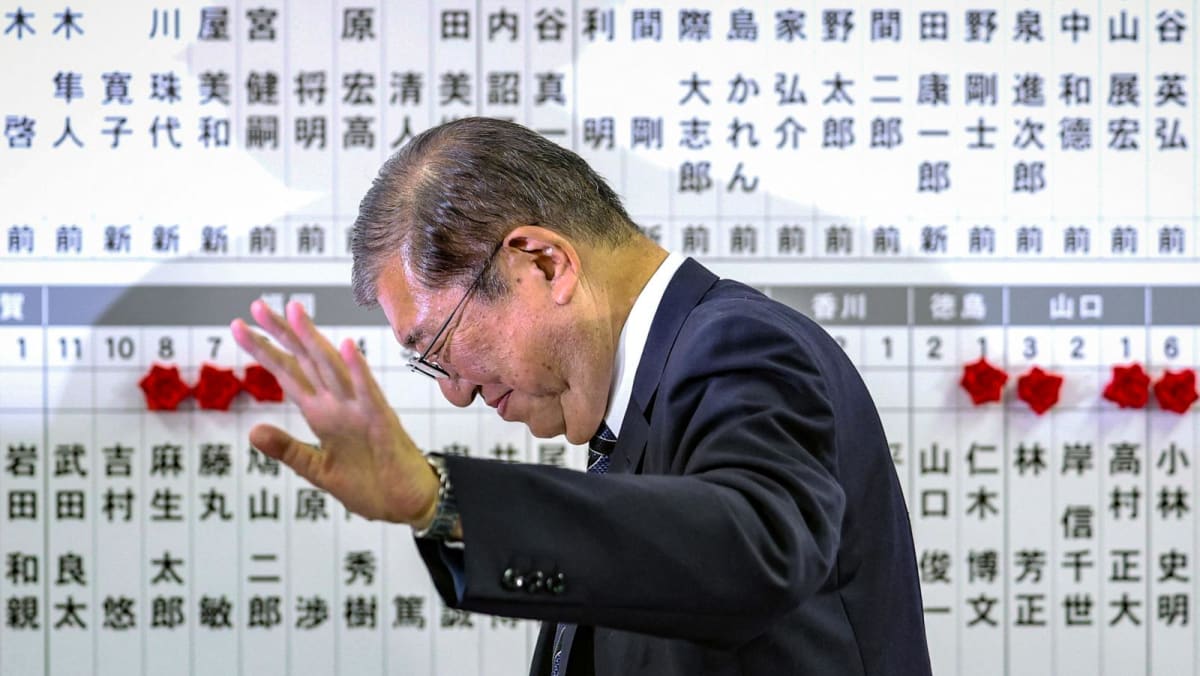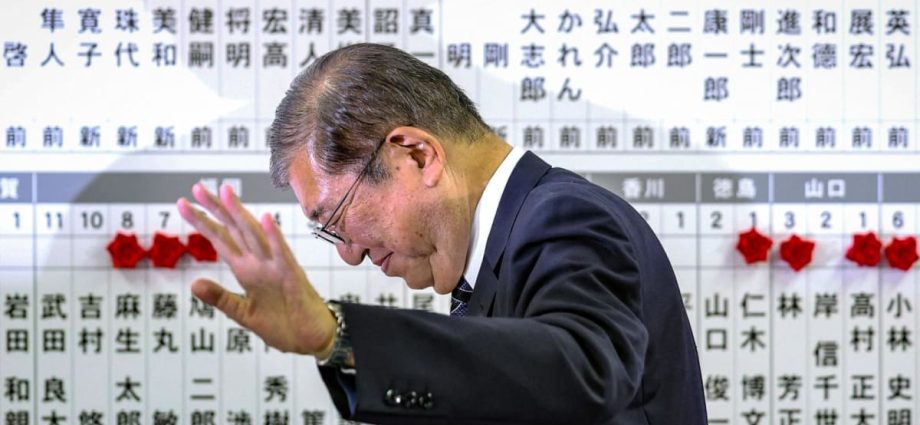
COULD THE OPPOSITION FORM A GOVERNMENT?
This is tricky given the fragmented opposition, and memories of its tumultuous rule between 2009 and 2012, analysts say.
“The possibility of a handover of power to the opposition isn’t zero, but there are far too many opposition parties for any of them to reach a majority,” said Yu Uchiyama, a political science professor at the University of Tokyo.
Policy differences and past fallings-out continue to divide and hobble opposition parties, from communists to the liberal CDP, the centrist Democratic Party for the People (DPP) and the “reformist conservative” Japan Innovation Party.
CAN ISHIBA FIND NEW PARTNERS?
The prime minister has his work cut out to make it happen.
On the campaign trail, CDP leader Noda said it would be “impossible” to join forces with the LDP, having been part of previous no-confidence votes.
The Japan Innovation Party also remains unconvinced, with its head Nobuyuki Baba dismissing a tie-up with the LDP in its current scandal-tainted state as “impossible”.
The centrist DPP, too, denied it would sign up for the coalition.
But its leader, Yuichiro Tamaki, left open the possibility of a “partial coalition” where it can offer some flexibility on individual policies it has an affinity with.

